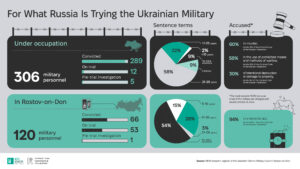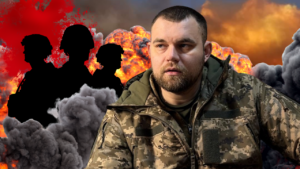1000 Days in Captivity: What Is Happening with the Marines Who Defended Mariupol
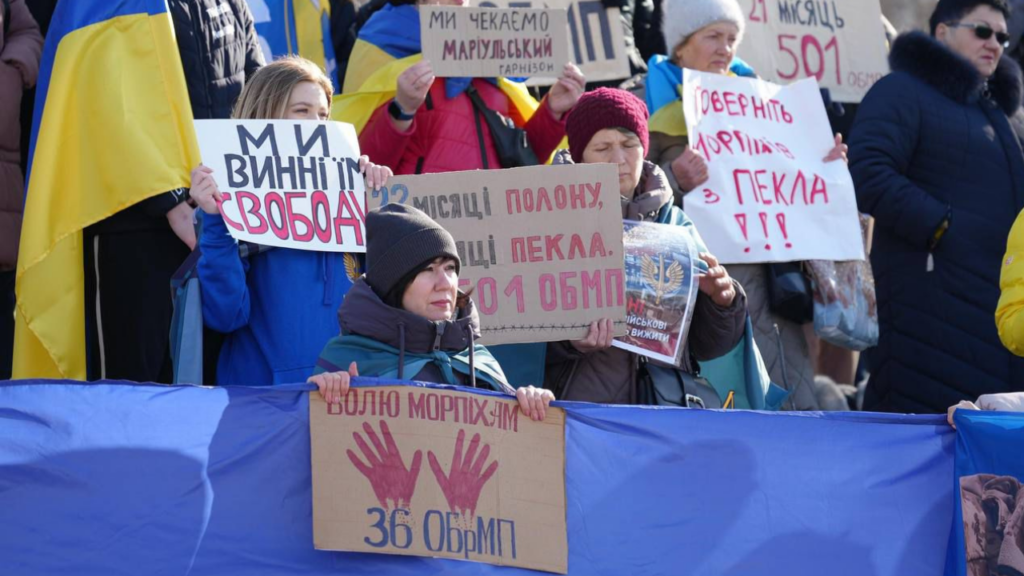
— We were standing by the barracks on the territory of Olenivka and watching for five hours as our guys were unloaded from buses. They were met by about ten Russian soldiers in balaclavas with dogs. We didn’t hear what they were saying to the guys, but after they were hit with batons, they started to run, and the dogs were released on them. They fell over and were hit with batons again — Anastasiia, who serves in the 36th Separate Marine Brigade, describes the reception procedure at Olenivka colony.
Currently, around 1,300 Marines who defended Mariupol are held in Russian captivity, with over 1,000 more considered missing. Those who are imprisoned are subjected to torture. At least 12 Marines have died in Russian prisons, and their bodies were returned to Ukraine during repatriation.
The Breakthrough Ended up in Captivity
In February 2022, when Russian troops intensified their offensive in the Donetsk direction, the Marine Corps units stationed on the outskirts of Mariupol found themselves under heavy enemy fire. Therefore, they were forced to move towards the city. Thus, the Marines from the 36th Brigade, 501st Separate, and 1st Feodosia Battalions ended up on the territory of the Azovmash and Illich plants. For over a month, along with territorial defense forces, border guards, police, and Azov fighters, the Marines successfully repelled enemy attacks. However, on April 4, the commander of the 501st Battalion, Mykola Biriukov, and his deputy, Kostiantyn Bezsmertnyi, collaborated with the Russians. As a result, over 250 Marines were taken captive.

Illich Iron & Steel Works
A week later, at dawn on April 12, the soldiers at the Illich plant were ordered to prepare for a breakthrough. The plan was to break out of the besieged city and reach Zaporizhzhia. The breakthrough was led by Colonel Volodymyr Baraniuk, commander of the 36th Brigade. However, when many units began to move out of the plant, neither Baraniuk nor his group was there. The shelling started, the Marines lost most of their equipment, and many fighters were killed, though their exact number remains unknown. A small group led by Major Serhii Volynskyi, who assumed the duties of the 36th Brigade commander, managed to reach Azovstal and connect with Azov forces. Those who remained at the Illich plant were captured prisoners.
Scarier than Hell
In total, the Russians captured about two thousand marines in Mariupol. They are almost everywhere where Russia holds Ukrainian prisoners of war. Witnesses insist that the treatment of the marines is ruthless. Not least because of the desire for revenge, as before 2014, the 36th Brigade was a coastal defense brigade in Crimea. When Russian forces seized the peninsula, a significant part of the Brigade’s personnel refused to betray their oath and moved to mainland Ukraine.
— In 2014, in Crimea, they showed that they would not renounce Ukraine, and Russia never forgets that. So when this Brigade, even in a different composition, fell into the hands of the Russians, they began to seek revenge. What is happening to our guys in captivity is beyond humanity, — Milana Kompaniiets, the mother of former prisoner of war Marine Yurii Hulchuk, explains. For over two years, the woman fought for her son’s return from captivity.
Pre-trial detention facility No. 2 in Taganrog, Rostov region, is one of the most terrifying places for holding prisoners of war. At the end of April 2022, most marines were transferred there from the Olenivka colony. Men and women underwent brutal reception procedures for several hours, being mocked, beaten with batons, and electrocuted. Later, the men were tortured into confessing to killing civilians in Mariupol, and the women were accused of cruelty towards Russian prisoners of war.
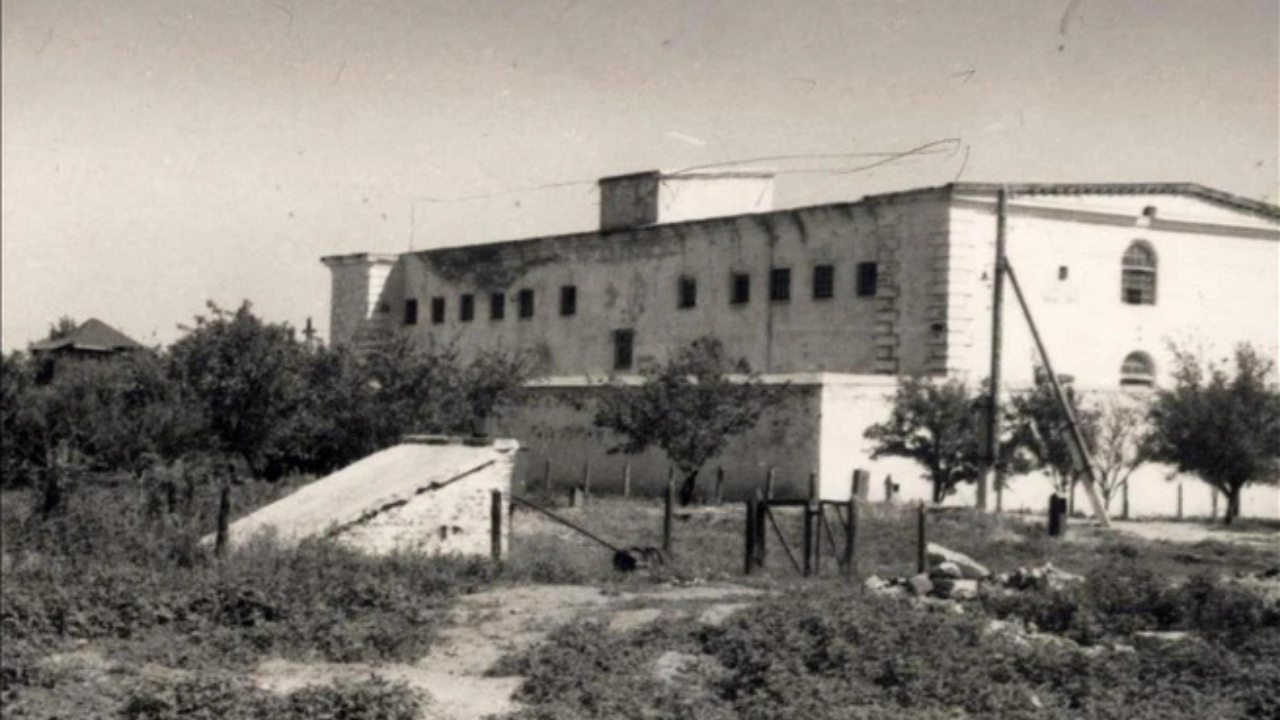
Pre-trial detention facility No. 2 in Taganrog, Rostov region. Photo: Press service of the detention facility
— For me, Taganrog is synonymous with fear, — former captive Viktoriia, who serves in the 36th Marine Brigade, admits. — I will never be able to forget the screams of the guys being tortured on our floor. The dogs set on us during walks. Exhausting physical exercises you force yourself to do with your last strength because you can’t even remember the last time you had a proper meal. I lost almost 20 kilograms just a month and a half in that prison.
In the fall of 2022, the Taganrog detention center began preparations for new prisoners—members of the Azov Brigade. The marines were transferred to other locations across Russia. The women were sent to the Belgorod and Kursk regions, to the towns of Valuyki and Mala Loknia, respectively. The men were distributed among penal colonies and detention centers in the Rostov, Belgorod, Bryansk, Ivanovo, Tula, and Vladimir regions.
For the military personnel of the 501st Marine Battalion, Correctional Colony No. 1 in Donskoy, Tula Region, became one of the most harrowing trials. On witnesses’ accounts, the Marines endured the most severe abuse there.
— One of the marines was thrown into a solitary confinement cell; they wanted him to confess to killing a civilian woman. For almost a week, he was deprived of sleep, and his daily food rations were reduced. Several times a day, he was taken into the hallway and brutally beaten — former prisoner of war Oleksii recounts. —His heart would stop, and his legs gave out. They carried him out of the solitary cell.
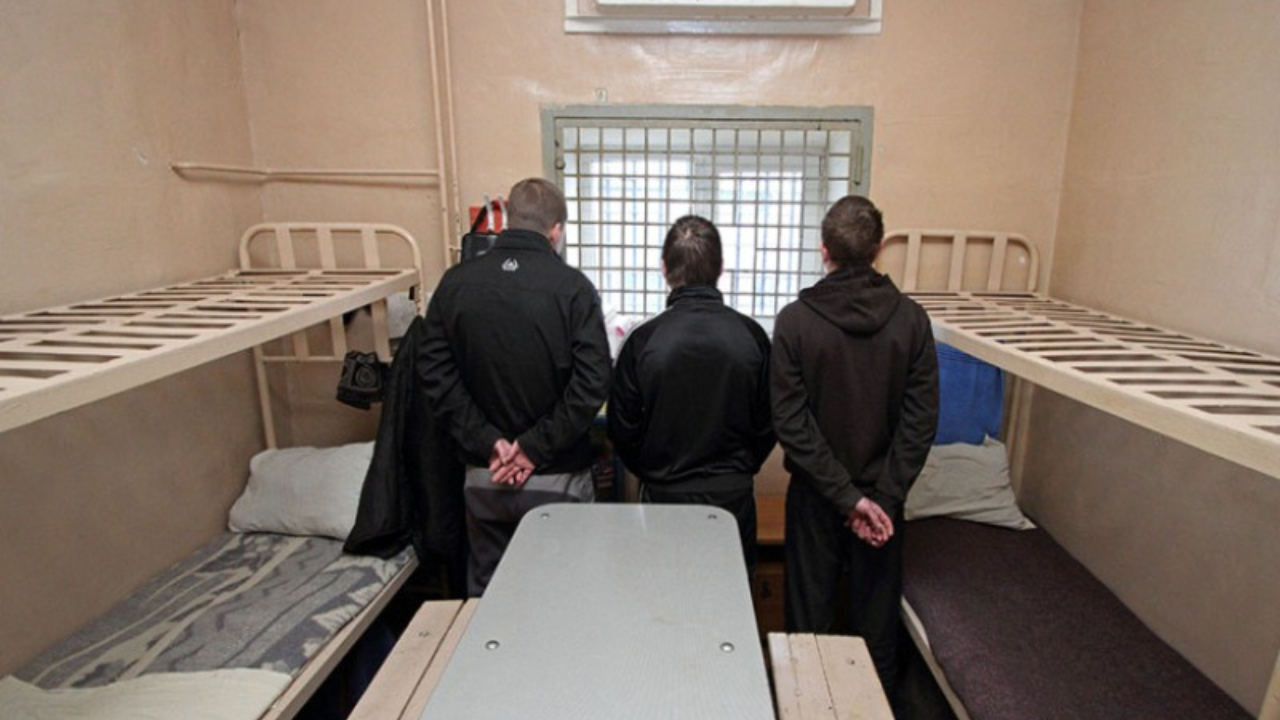
During the day, prisoners were forbidden to sit, forcing them to stand. As a result, everyone had swollen legs
Oleksii himself was also thrown into the solitary confinement cell. He recalls seeing messages scratched into the walls by his predecessor—pleas for help and an admission that he would not survive in such conditions. A few months later, that marine’s body was returned to Ukraine.
Another marine of the 501st Battalion, Ivan Makarov, could have been tortured to death in Donskoy. The official cause of death was listed as heart failure and severe exhaustion. However, the condition of the deceased person’s body indicated signs of torture. During the identification, Makarov’s sister observed numerous bruises and a brand carved above his heart.
In April 2023, a year after being taken captive, the body of another marine, 22-year-old Sviatoslav Saltykov, who was a member of the military orchestra of the 36th Brigade, was returned to Ukraine. The orchestra had been deployed to Mariupol at the end of 2021. In April of the following year, he was taken prisoner. The death certificate accompanying Saltykov’s body states he died in November 2022 at Detention Center No. 2 in the city of Kokhma, Ivanovo region. The cause of death was not determined. Saltykov’s parents claimed that their son was in perfect health before captivity, but while in Russian custody, he was tortured and starved.
— So far, we are aware of 12 bodies returned from captivity. However, after every prisoner exchange, we receive information about new cases of murder in detention facilities, — Anastasia Savova, a representative of the NGO Always Faithful and head of the Marine Corps Strength Association, tells MIHR. —These incidents often occur during reception procedures every time our men are transferred. And marines are frequently relocated by Russia to new places of detention.
The young woman adds that they are aware of marines who were killed as far back as 2022, but Russia has not returned their bodies to Ukraine, attempting to conceal these crimes.
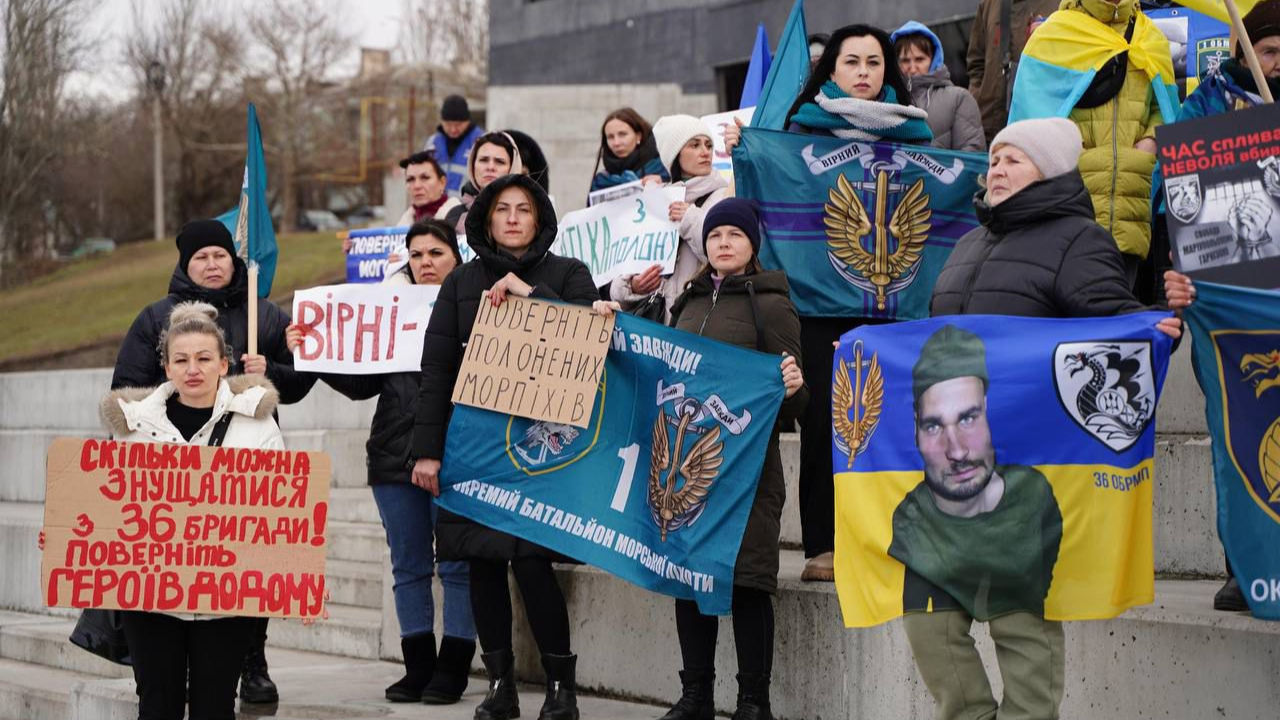
A campaign supporting prisoners of war. Photo provided by the community of families of the captured marines
Electric Shocker as Medicine and Prisons from Which There Is No Return
For the third year now, families of prisoners of war have been taking to the streets of Ukrainian and European cities every day, reminding everyone that captivity kills. In their hands, they hold portraits of starved Ukrainian prisoners, taken in the first days after exchanges. Through their thin skin, ribs are visible, their legs are blackened from standing around the clock, and they bear festering wounds.
— Oleksii has asthma, but in captivity, he is denied medication. He is a doctor, so he taught the guys in the cell how to help him when an attack starts, — Kateryna, the prisoner of war marine Oleksii Shevchenko’s sister, recounts.
— We were treated with electroshock, and the doctor determined the dose of such ‘medicine’ to be administered, — a former detainee and a medic from military hospital No. 555 Oleksandr recalls.
Russia also does not take into account even severely wounded prisoners of war, whom, under the Geneva Conventions, they are supposed to repatriate. For example, Dmytro Yevhan, who lost his left arm during the battles for Mariupol, is still in captivity. For some time, he was held in the Donetsk Region, where, despite his severe wounds, he was tortured. Due to malnutrition, he lost a significant amount of weight. The marine was accused of attempting to murder a Russian prisoner of war and sentenced to 23.5 years of imprisonment.
Such sentences for Ukrainian marine prisoners are not uncommon. Russia deprives them of the right to a fair trial, tortures them to extract confessions for crimes they did not commit, and holds them in complete isolation. After sentencing them to terms ranging from ten years to life imprisonment, the prisoners are sent to high-security penal colonies designed for the most dangerous criminals, such as ‘Black Dolphin’ and ‘Polar Owl.’ Russians themselves state that it is almost impossible to escape these places alive.
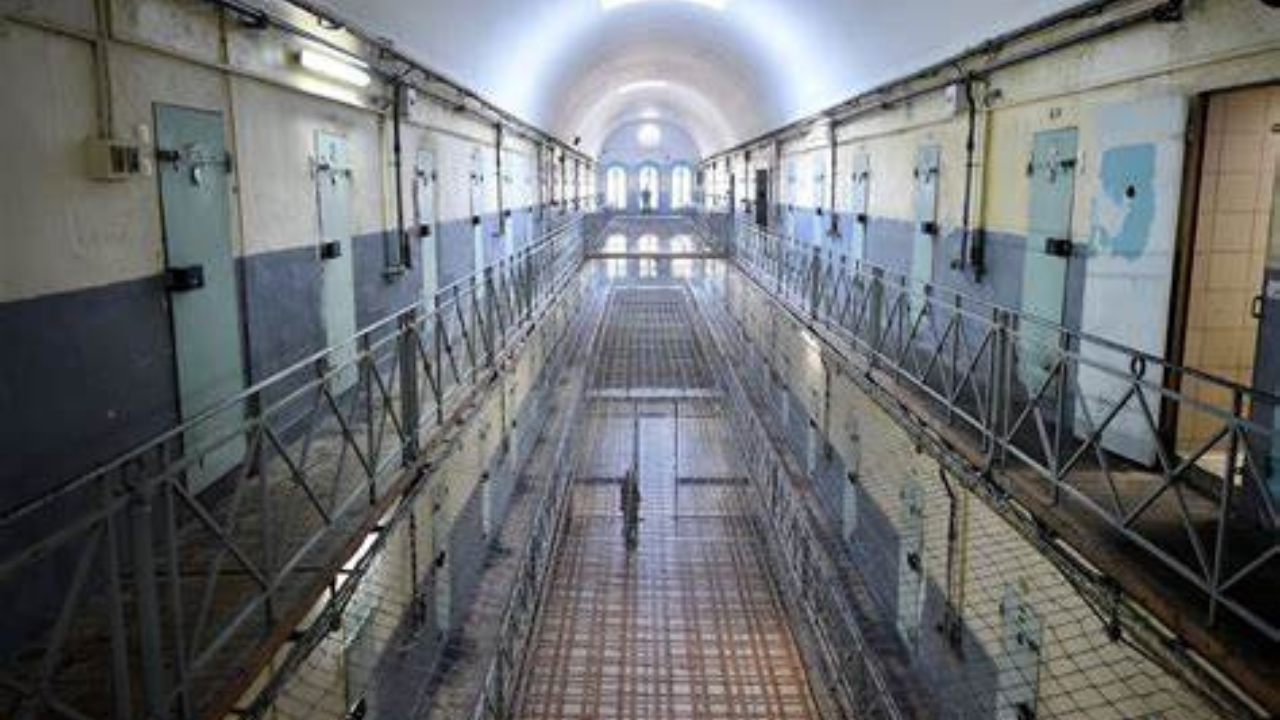
‘Black Dolphin’ Colony
This publication was compiled with the support of the International Renaissance Foundation. The content represents the authors’ views and does not necessarily reflect the position of the International Renaissance Foundation.





